Ready to uncover the mysteries of the past? Contact us today to book your unforgettable ghost tour +1-702-419-0696
Discover Molen
Explore history, art, and mystery in Molen, Utah, where ancient tracks and petroglyphs tell captivating stories.




Things to do in Molen in 1890
Use this space to introduce yourself or your business to site visitors. Share who you are, what you do, and the purpose of this website.






Horse racing in Molen, Utah, was a popular event during the late 19th and early 20th centuries, particularly in the late 1800s and early 1900s. It was one of the key recreational activities for the settlers, and the races often served as major social events for the community. Horse racing was common in rural towns like Molen, where it provided entertainment and an opportunity for socializing. Races were typically held in open fields, and the community would gather to watch local riders compete. These races also had a competitive element, as they were a way for ranchers and farmers to showcase their best horses and gain recognition for their breeding and training skills.
While specific dates for when horse racing began or ended in Molen are not readily available, it is known that such events were particularly popular during Molen’s peak in the late 1800s, when the town was still an active settlement. As the town declined in the early 1900s, the frequency of horse races likely diminished, with many residents moving to more prosperous towns like Ferron.
Before and After
You made it this far to the town of Molen. You didn’t come this far to not stop and let history soak in.



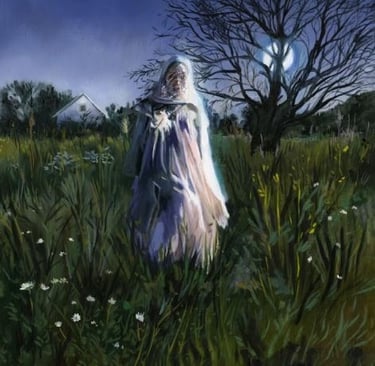
After Molen:
You’ve discovered more than just a town; you’ve uncovered a story of resilience, community, and the enduring spirit of those who came before. The legacy of Molen continues to echo in the valley, reminding us all that the journey is as significant as the destination.
Before Molen:
You’ve traveled through the rugged terrain, braved the elements, and ventured into the heart of Castle Valley. Now, you stand at the threshold of history—Molen, a place where pioneers carved out a life against the odds.
About us
Molen, Utah, is a captivating gem nestled in the heart of Castle Valley, offering a rich tapestry of history, art, and mystery that draws visitors into its fascinating past. Located just 2 miles east of Ferron, Molen’s roots trace back to the late 1800s, when it was settled as an offshoot of its neighboring town. Originally named Lower Ferron, the area became home to Michael Molen, who brought cattle and horses into the valley around 1878. His settlement by the flowing waters of Ferron Creek marked the beginning of a community that would grow into a symbol of resilience and pioneering spirit.
Steeped in the legacy of the early Mormon pioneers, Molen reflects the perseverance and determination of those who forged new lives in the rugged Utah wilderness. The settlers of Molen were part of a wave of pioneers who ventured west to fulfill their dreams of religious freedom and self-sufficiency, facing the harsh challenges of the desert landscape while leaving behind a thriving agricultural community.
But Molen's story is not just that of the pioneers; it stretches back centuries to the ancient peoples who once inhabited the land. The valley is rich in historical artifacts, including fascinating petroglyphs and ancient tracks etched into the rocks, which tell stories of indigenous cultures that lived here long before European settlers arrived. These mysterious marks on the landscape serve as a reminder of the area's deep connection to human history, adding layers of intrigue for those who seek to uncover the hidden tales of this rugged region.
For lovers of history, art, and the mysteries of the past, Molen offers a unique blend of old and new. The town’s modest charm lies in its quiet beauty and its connection to the land and people who shaped it. Whether you're standing before a centuries-old petroglyph, exploring the remnants of pioneer cabins, or simply taking in the tranquil views of Castle Valley, Molen invites you to pause and reflect on the powerful forces that have molded this remarkable place.
In Molen, Utah, history comes alive, and the echoes of the past blend with the ever-present spirit of adventure and discovery. It is a place where the past is never far away, and where every rock, creek, and trail has a story to tell.


I had an excellent experience! The service was outstanding.
Happy client
About us
The pioneer homes of Molen, Utah, are enduring symbols of the hard-won survival and vibrant community spirit that characterized the early days of the town. Built primarily from the abundant resources of the rugged Castle Valley, these homes were constructed from rough-hewn timber, local stone, and adobe—a testament to the settlers' resourcefulness. The first pioneers in Molen, under the leadership of Michael Molen, who brought cattle and horses into the valley in the late 1870s, were deeply connected to the land and its rhythms. Their homes, though modest, provided shelter and a strong sense of community as they toiled to tame the wilderness.
Farming and ranching were the heart of life in Molen. Settlers cleared fields and planted crops that were essential for their survival, including wheat, corn, barley, and vegetables. These crops not only fed the families of Molen but also provided a surplus to trade with nearby towns like Ferron. Livestock, particularly cattle and horses, played a crucial role in sustaining the community. Families raised herds for meat, milk, and wool, with sheep farming contributing to another important industry—wool production. The women of Molen were particularly skilled in weaving, using the wool from the sheep to create blankets, clothes, and other textiles. This tradition of weaving was not just a necessary task for survival but also a creative outlet that connected the settlers to the region’s rich cultural heritage.
Work in Molen wasn’t confined to the fields and barns. The settlers built essential infrastructure that helped the community flourish. Small barns, workshops, blacksmith shops, and stores sprang up as people found ways to meet their needs and sustain their livelihoods. These spaces became the centers of daily life where goods were traded, horses were shoeed, and tools were repaired. The town also established a schoolhouse, where children learned to read and write, and a church where the settlers gathered to worship and seek spiritual guidance. Religion played a central role in Molen, with Mormon faith and practices deeply woven into the daily lives of its settlers. They gathered for weekly services, as well as for special events, such as baptisms, weddings, and community prayers, which helped strengthen bonds and create a sense of shared purpose.
For the settlers of Molen, life was also about recreation and celebrating the joys of community. In the late 19th century, horse racing became a popular event in the area. These races, held in open fields or along makeshift tracks, were more than just competitions; they were social events where families came together to cheer on their neighbors, trade goods, and share stories. The excitement of the races was often followed by community dances, picnics, and feasts, which were a welcome break from the daily grind of farm life.
Life in Molen also had its creative and artistic side. Weaving and other crafts, such as quilting and pottery, were often passed down through generations. The town’s artisans produced functional goods that were also beautiful, such as handwoven blankets, intricate quilts, and pottery that reflected the simplicity and elegance of pioneer life. These items were often traded or gifted, further fostering the tight-knit bonds among settlers.
While the early pioneers worked tirelessly to build their homes and farms, they also knew how to enjoy the fruits of their labor. The land and the tight-knit community shaped Molen into a place where hard work and fun went hand in hand. Over time, though the town evolved and many of its early structures were abandoned or repurposed, the legacy of those early pioneers remains etched into the valley. Their work, their traditions, and their enduring community spirit continue to be felt in Molen today. The homes they built, the fields they cultivated, and the events they cherished are woven into the very fabric of this unique and remarkable place.


I had an excellent experience! The service was outstanding.
Happy client
Molen, Utah
Explore history, dinosaur tracks, and ancient petroglyphs in Molen, Utah, and uncover its mysteries as a unique destination.
History
Molen, Utah 84521
Attractions
9 AM - 5 PM
Molen Gallery
Explore history, art, and mystery in Utah's captivating Molen.








Though the town has evolved over the years, the legacy of those pioneer homes and the people who lived within them remains intricately woven into the fabric of Molen’s history, leaving a lasting imprint on the valley that continues to be felt today.
You didn’t come this far to stop
About us
Molen, Utah, was established in the late 1870s, with settlement beginning around 1878. The town developed around farming, ranching, and utilizing the area’s natural resources. Early residents raised crops such as wheat, corn, and barley, and tended to cattle and sheep, creating a close-knit community centered on agriculture and livestock. The settlers' work in the land reflected their resilience and commitment to building a life in this rugged corner of Castle Valley.
However, Molen's decline began in the early 1900s as many residents moved away in search of better economic opportunities. The rise of larger, more prosperous towns like Ferron, just a few miles away, offered more job prospects, modern infrastructure, and access to fertile land, making it difficult for Molen to keep up. The town gradually faded, and by the mid-1900s, it had ceased to be a thriving settlement. Today, Molen is considered a ghost town, with only a few remnants of its early pioneer homes still standing. These homes were once simple structures made from rough-hewn timber and stone, typical of pioneer architecture, reflecting the resourcefulness of early settlers. Some of the original homes and buildings have crumbled or been repurposed, but a handful of structures still stand, weathered but resilient.
The infrastructure that remains includes remnants of barns, stone walls, and the old church and schoolhouse that once served the community. These relics of the past tell the story of a town that once bustled with activity, family life, and religious devotion, where residents celebrated community events, shared holidays, and supported one another through the challenges of pioneer life.
Despite its decline, Molen's rich history and connection to early settlers are still felt in the valley today. The stories of the people who first settled there continue to echo through the landscape, and Molen’s proximity to Ferron, a lively town with ongoing agricultural and community activities, ensures that the spirit of its early settlers remains an important part of the greater Castle Valley narrative. The legacy of Molen, though largely forgotten by most, still forms an integral part of the historical tapestry that connects the valley's past to its present.
Discover Our Historic Voter Registration
Uncover the fascinating story of a 1940s voter registration found hidden in the ceiling, a testament to our community's rich history and commitment to civic engagement.
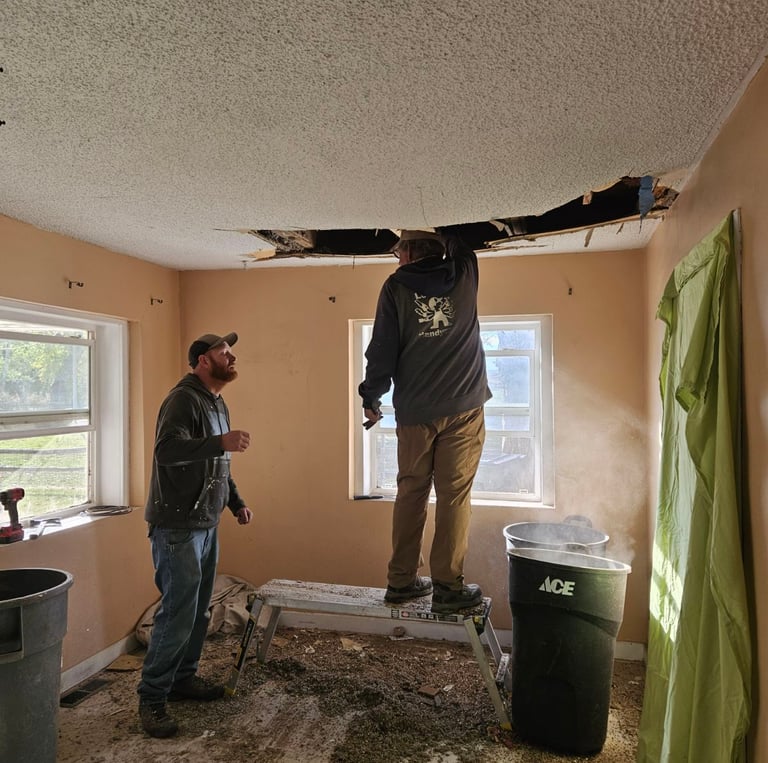

150+
15
Historical Significance
Community Impact
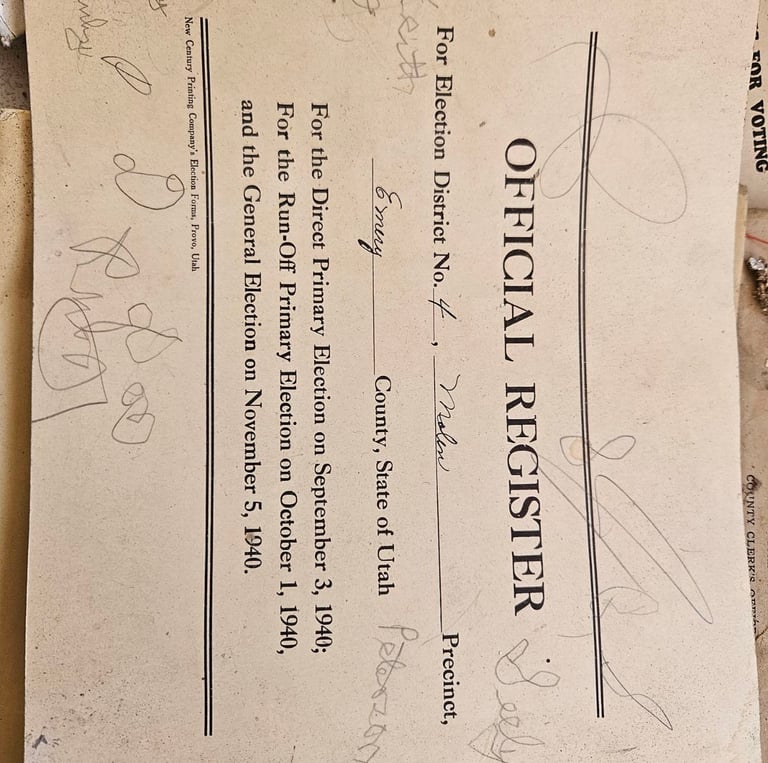

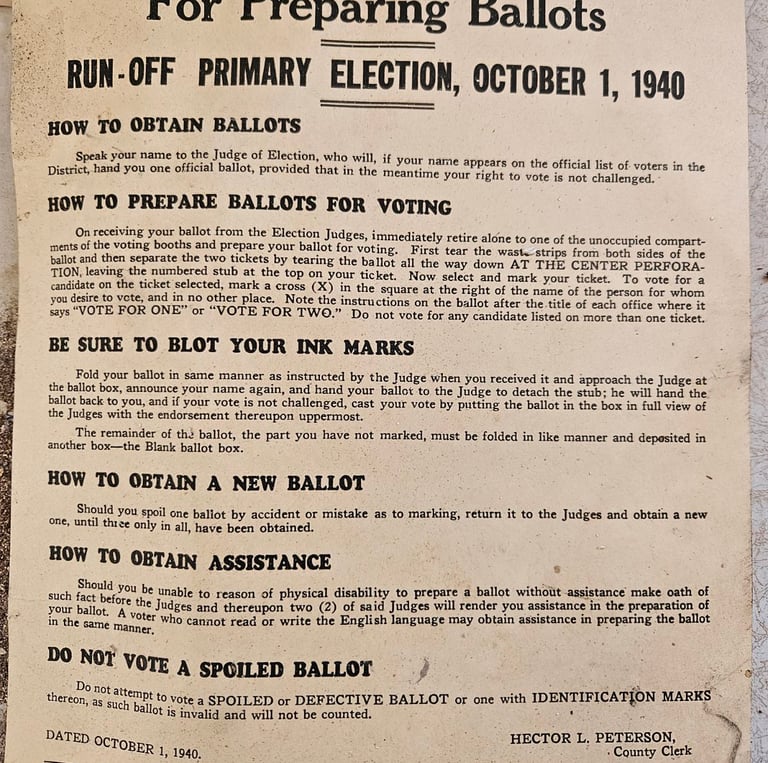

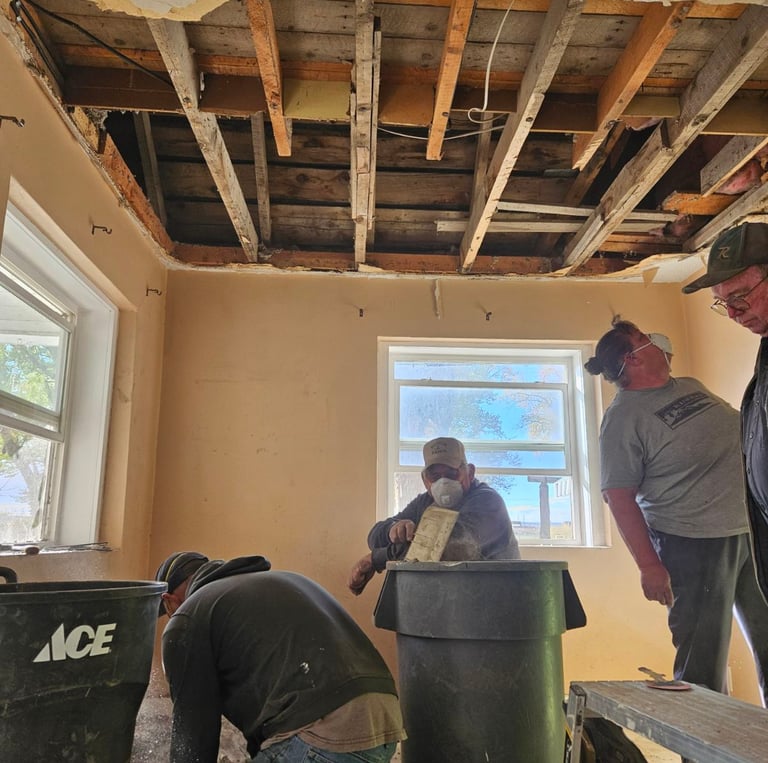

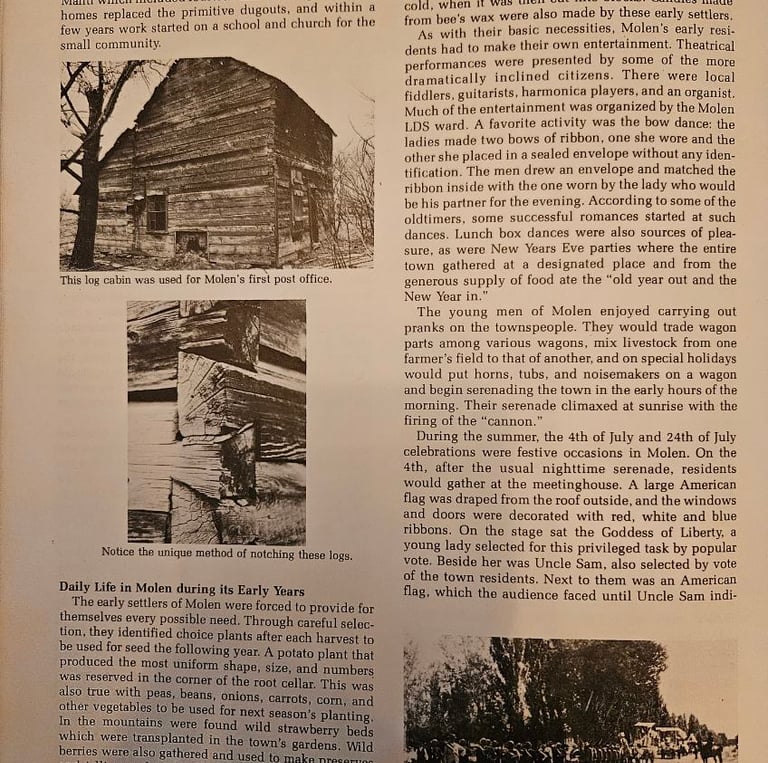



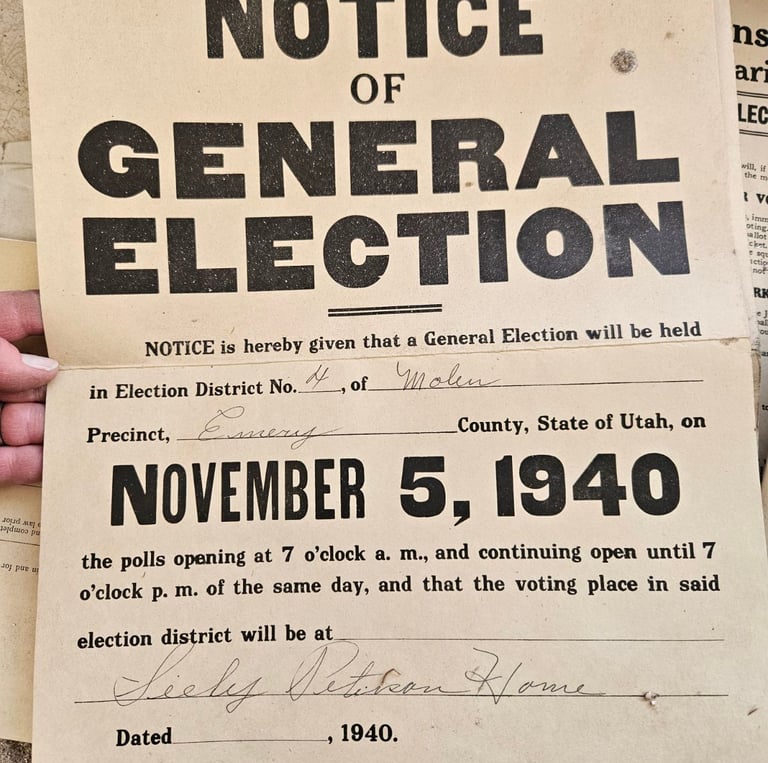

Explore
Join America's Medium, Laura Summers Davis on a ghostly adventure.
Hauntings
GHOSTS
laura@americasghosttours.com
702-381-1943
© 2006-2025. America's Ghost Tours. All rights reserved.
Video Calls & Regular Calls: For personal consultations or special events.
Live Events & Seminars: To engage with audiences in person.
Online Events: Such as webinars or virtual ghost hunts.
Social Media: To build a following and engage with fans regularly.
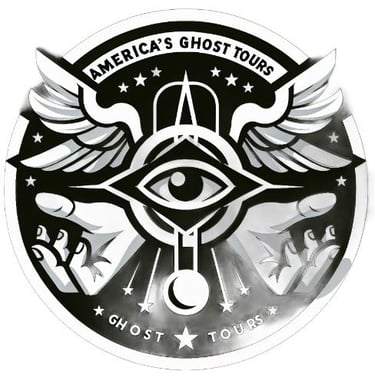

Spirits
